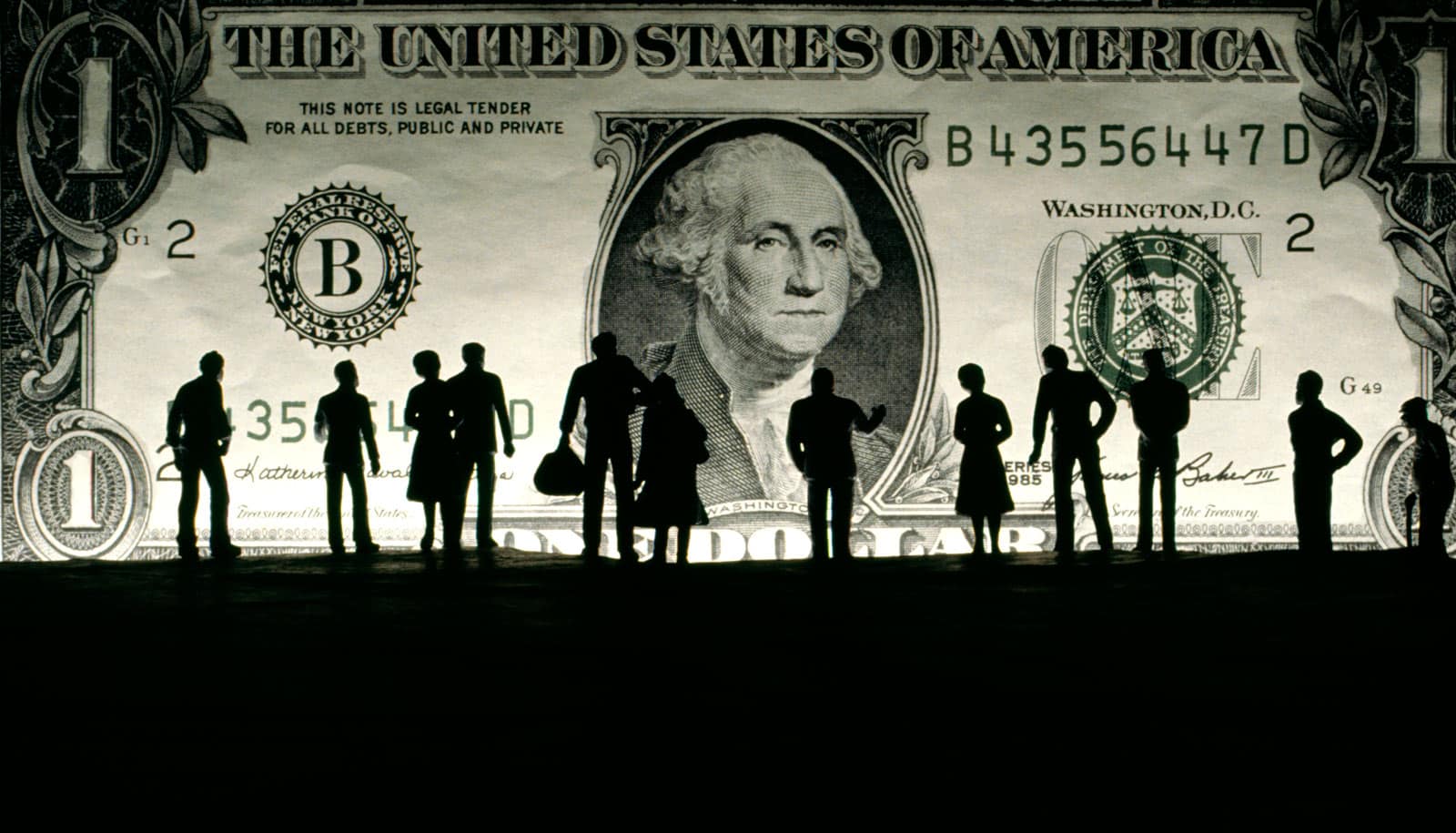While many economists assume the “invisible hand” theory influences markets, new research finds a disruptor has turned this long-held concept—which Adam Smith introduced in 1759—on its head.
The disruptor does not have anything to do with technological advancements or innovation like one might expect—in fact, it’s much simpler. It’s a third party who interrupts a trading relationship.
Contrary to Smith’s theory, it is this third party, not the unobservable “invisible hand,” that has a grip on the market to help the supply and demand of goods reach an equilibrium.
‘A runaway train’
The researchers explain that when two people engage in a trading relationship, they establish trust with one another; one provides goods to the other at a certain price and vice versa. But eventually, because of this trust and loyalty, the two people will give favorable prices to one another.
“This kind of trading is consistent with a sociological theory we call ’embeddedness,’ which suggests that economic activity is constrained by non-economic factors,” says study coauthor Kenneth Frank, a professor of sociometrics at the Michigan State University Foundation.
“But this could create a runaway train. What’s to stop the favors from getting bigger and bigger, deviating more and more from the market average? Eventually, one of the two people is going to question the prices at which they’re trading.”
“As people trade goods or favors back-and-forth, prices can go awry and eventually someone has to regulate them.”
At that moment—when temptation to find a different price sparks—a third party steps in and disrupts the trading relationship.
“That third party might have a competitive offer and threaten the price-driving in which the two original parties engaged in,” says coauthor Geoffrey Booth, chair emeritus of finance. “As people trade goods or favors back-and-forth, prices can go awry and eventually someone has to regulate them. That’s where this third party comes in; it will keep them honest.”
Once the third party comes into the picture to disrupt the original trading relationship, a new trading partnership is formed that involves the new person and one of the original traders. The trader that was left behind for a better price will go to form another partnership—and likely adjust his prices to meet market demands, Booth says.
Helsinki’s stock exchange
Researchers made their discovery after observing and researching two years of social and financial data from a Finnish stock market. They explain that the Finland-based Helsinki stock exchange was an ideal testing market because they could break down data and transactions from individual users who lived and worked in the same community—thus having personal relationships with one another.
“Helsinki is set up much like the NYSE, and when the data was gathered it was a classic human market, meaning that there are coalitions of people who share close networks,” Booth says. “This way, we were able to observe the longevity of trading partnerships and what puts them at risk.”
While the original research, which will appear in Rationality and Society, pertains to a stock market, its findings are applicable to everyday life outside of the finance world—from the real estate market to a local farmers market—the researchers explain.
“The findings have implications for everything from why your broker might not have gotten the price he or she should have to local markets with dramatically different prices than the overall market, and even to the protections against market crashes by insulating some traders from full market forces,” Frank says.
The researchers also discussed that the partnership-driven high prices can provide a sign as to what’s to come.
“You’ll see these dynamics anywhere you see goods or services exchanged,” Booth says. “You’ll wonder why one price is much higher at one place than it is at another—and there’s a good chance there is a disruption around the corner to bring it back to market value.”
Additional researchers from the University of Oulu and Michigan State contributed to the work.
Source: Michigan State University


